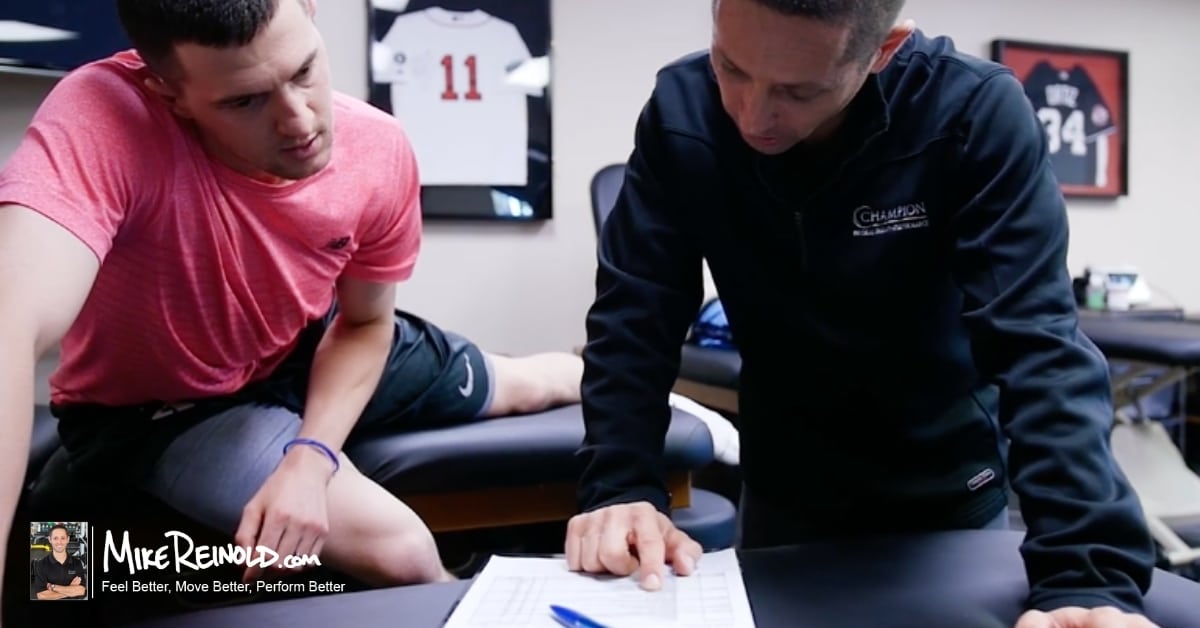In response to my post on the best career advice for students and new graduates, many people have emailed me asking for more information. I like informative posts like this too and was excited to receive the below post from Cody West, PT. Cody put together a list of the top 5 habits of top rehabilitation professionals. It’s a pretty good list and a great complement to the advice given by some of the top experts in my past post.
Habit 1: They Have a Hunger to Learn

In life, successful people never stop trying to learn new things, and that goes the same for top rehab professionals. John Maxwell in his book Talent Is Never Enough, says that successful people view learning differently and are open to new ideas. They never accept the status quo. Top rehab professionals do not accept that the approach they learned is the only approach in addressing a patient’s problem.
Wainright and others in their study of therapist’s use of reflection in learning and application to clinical decision making found that more experienced therapists used a reflection-on-action process than novice therapists.
Practicing evidence-based physical medicine requires an attitude of humility. Stanley Harris, an American journalist wrote, “A winner knows how much he still has to learn even when he is considered an expert by others. A loser wants to be considered an expert by others, before he has learned enough to know how little he knows.”
Habit 2: They Are Rooted in Biomechanics

Track coaches or weightlifting Godfathers of 30 years of experience don’t need a book. They can watch an athlete take a few jaunts or make a couple of lifts and can tell you exactly where the athlete needs improving.
Knowing how the lack of motion of a joint or weakness of a muscle will impact other areas of the body is paramount in our profession. Ever heard of ‘regional interdependence’?
Habit 3: They Know Principles Will Set You Free

Successful clinicians are not solely guided by protocols or a system they learned over the weekend but practice using principles. There are a lot of talented rehab professionals today that espouse a certain rehab system or approach to rehabilitation. These programs are great for serving as a guide for treating diagnoses that you are not familiar or help you address a problem patient. Not to mention some surgeons will not let you deviate from their protocols.
However, top clinicians also learn the principles behind the system or protocol and are able to make a customized clinical decision. Relying on protocols or a system will constrain your creativity and ability to make sound clinical judgments.
Protocols or systems are good for implementing solutions in a box whereas innovation is creating an approach to a patient’s problem outside the box.
Following the principles that other master clinicians present in a seminar or DVD and adding a tweak may open a whole new world.
Habit 4: They Are Cross-Pollinators
Successful clinicians are able to ‘cross-pollinate’ or mix ideas. Tom Kelley in his book, The Ten Faces of Innovation says that Cross-Pollinators are able to make connections or associations between principles that are seemingly not related. They are able to integrate ideas from outside industries to improve their current course of action or product. They are able to apply a principle or technique to a different situation. They are not afraid to mix ideas.
When was the last time that you learned a technique or exercise and applied it to another part of the body other than what how it was taught? When did you read about a study in a non-physical medicine journal and ponder how it can apply to your patient?
Habit 5: They Integrate Intangibles

References
Wainright SF, Shepard KF, Harman LB, Stephens J. Novice and Experienced Physical Therapist Clinicians: A Comparison of How Reflection Is Used to Inform the Clinical Decision-Making Process. Phys Ther. 2010; 90:75-88.
Rothstein JM. Editor Notes: The Difference Between Knowing and Applying. Phys Ther.2004; 84: 310-311.
Photos from istockphoto.com





